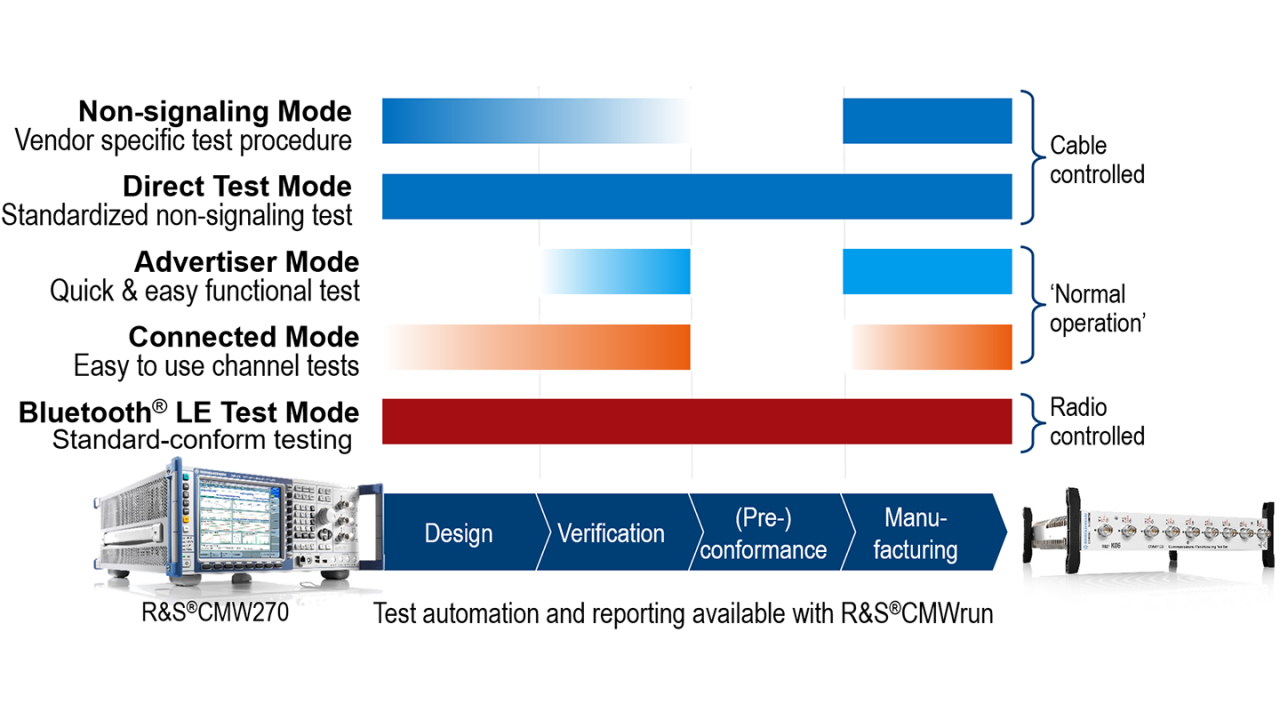
Technically, BLE-enabled devices can sense the strength of the signal between the sender and the receiver. However, Bluetooth LE has the same advantage of being present on the perhaps most ubiquitous consumer device: the smartphone, which is almost always on your person.

Most of today’s medical devices, such as blood pressure of heart rate monitors, use Bluetooth LE for data transmission. Healthcare: Bluetooth LE is already widely used in healthcare.BLE makes all sort of cool things possible or easier. In practice, the fastest Bluetooth Classic can send data is at the rate of 1,200 kb/sec, handily beating the measly 50 kb/sec achieved with Low Energy. However, as far as data transmission rates are concerned, we quickly see the trade-off: the fastest theoretical transmission rate for Classic is 2,178 kb/sec, almost an order of magnitude faster tha BLE (303 kb/sec). Bluetooth Low Energy. BLE requires 3.8 μJ of energy to send an 8-byte data packet versus 21.1 μJ for Classic - a huge advantage. Let’s make a comparison across several technical characteristics of Classic Bluetooth vs.

The advent of Bluetooth Low Energy has made it possible to create devices and accessories with great battery life. In practice what this means for designers and software engineers is having to plan for faster data exchange, lower volume of data sent and received, and coming up with a completely new architecture (classic Bluetooth and Bluetooth LE are not compatible).


 0 kommentar(er)
0 kommentar(er)
